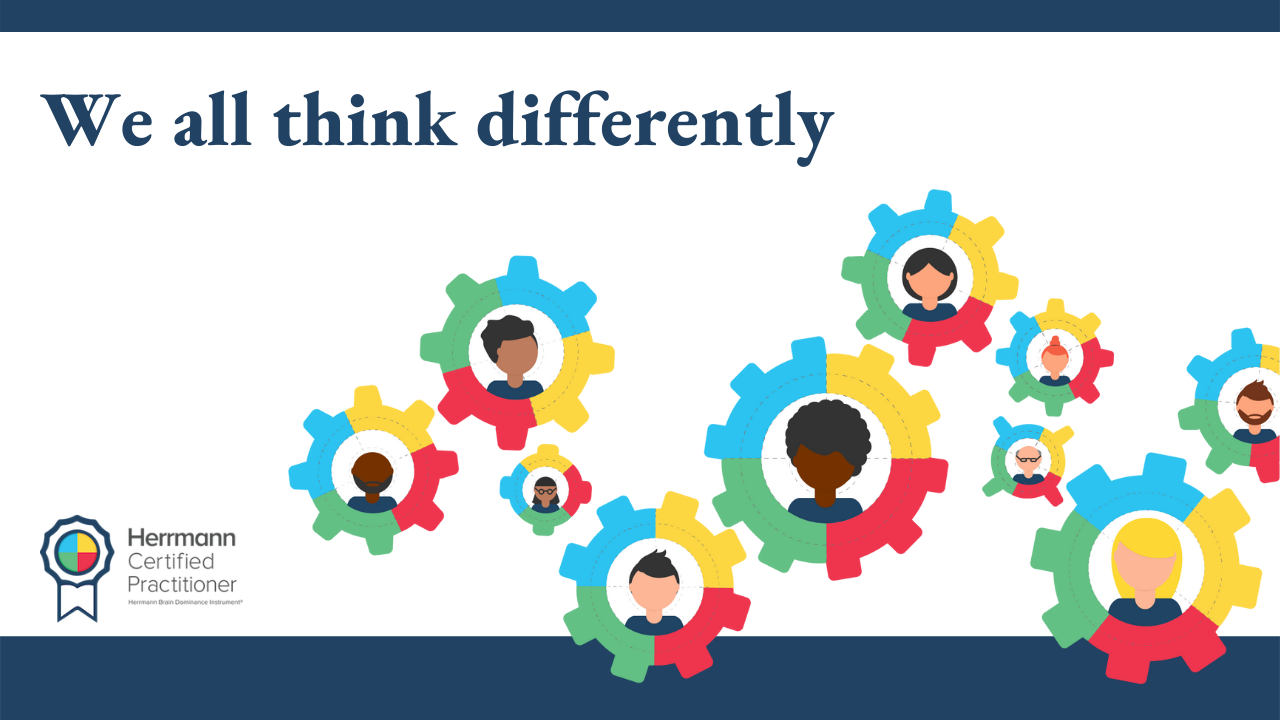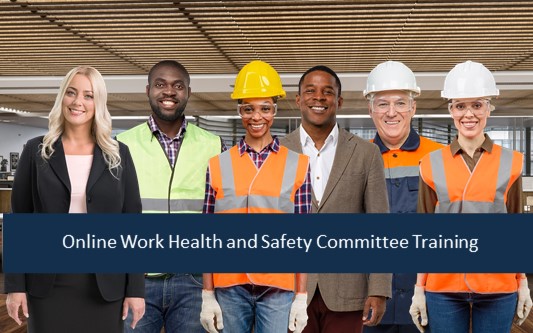Whole Brain® Thinking Model and Herrmann Brain Dominance Instrument® (HBDI®) will assist your organisation to improve health and safety communication.
Communication is a pillar of every successful business. It sets the tone for teamwork, efficiency, creative problem solving, and exceptional cohesiveness; a virtue not many businesses have. In the realm of safe work, communication is twice more essential because the stakes are higher. Imagine putting an employee’ life at risk due to a miscommunication in machine handling or incorrect labels in hazardous chemicals. If you’re the person-in-charge, the responsibility of keeping workplace safety protocols inline falls on you and that requires in-depth knowledge on the subject.
There are multiple ways to improve how you relay crucial messages in your business and below are only 4 of the common ones.
Induction. During the onboarding of contractors and new employees, it helps to walk them through some of the possible workplace hazards and the different steps the management is taking to control them. Transparency on these issues allows new blood to get a realistic feel of the environment and mentally prepare for rigid safety protocols.
Manuals/Handbook. A manual serves as an available resource for safety-related questions on the job. It’s a great communication tool because it allows you to go as detailed as you please on the instructions. Everything that was not covered during induction can be addressed in the manual or handbook.
Daily Huddles. Huddles are quick stand-up meetings you hold every day to communicate expectations and be made aware of where each member is at on the project. It’s also a high time to make a few safety reminders on relevant tasks or check on members to see which tasks they’re having difficulty doing.
Skills Training. What better way to emphasise safety that through practical application, right? This way employees see in action what you mean by “safety first” in their line of work. It’s just a plus that there is an easier transfer of knowledge from this activity because it replicates real-life.
Worker Consultation. Consultations are the lifeline of a good relationship between management and workers. It’s centred on hearing the perspective of employees regarding existing safety practices or any type of threat to health and safety that may arise from them. Most times, you are calling the shots but this platform is designed for upward communication where employees, those are more exposed to safety hazards, help management craft better protective systems.
As American author James Humes once said, “the art of communication is the language of leadership”. It matters what message you put out there as a leader. This is especially true in workplace safety where communication among other responsibilities is what keeps employees well in one piece when they come home to their families.
Managers aren’t only expected to possess good organisational communication skills, but also skills to lead a comprehensive workplace health and safety initiative. Here at WHS & Training Compliance Solutions, we offer online training for managers who desire to have a profound understanding of WHS laws, risk management, and injury prevention.
Whole Brain® Thinking Model and Health and Safety Communication
Almost all of us think differently, but very few of us take the time to think about how and why we communicate and how we can modify to improve our effectiveness when interacting with others.
The way we think differs from person to person. Herrmann’s findings demonstrate that individuals have four different styles of thinking, and these styles are the foundation for the Whole Brain® Thinking Model and Herrmann Brain Dominance Instrument®, safety communication.
Learning about our own thinking preferences helps us adapt and leverage different styles of thinking instead of sticking to the “default mode” in safety messaging. This can enhance our ability to formulate decisions, problem solve, innovate, collaborate and communicate more efficiently with those around us.
An approach like this can be applied across a variety of business areas, such as health and safety, sales, customer service, marketing, HR, and operations.
HBDI assesses what each of the four thinking Styles (quadrants) makes the best choices as defined by the Whole Brain® Thinking Model and presents these results as an “HBDI Profile”. In addition to personal development, leadership development, innovation, and organisational development, these tools can also be used by businesses to increase health and safety communication.
You will be able to achieve the following outcomes by participating in the program:
- Learn about the different Thinking quadrants
- Adapt our Thinking preference to a variety of situations in health and safety communication
- Improve teamwork and individual effectiveness of your health and safety message
- Get more done and communicate better
In conclusion, the Whole Brain® Thinking Model is a powerful tool for enhancing health and safety communication. By understanding the different thinking preferences of individuals and tailoring our messages accordingly, we can ensure that our health and safety protocols are understood and followed by everyone. The Herrmann Brain Dominance Instrument further enhances this approach by providing valuable insights into employees’ thinking preferences and how they respond to safety communication. With this knowledge, organizations can develop more effective strategies to promote compliance with health and safety guidelines. So let’s embrace this exciting Herrmann Brain Dominance safety model and revolutionize health and safety communication!
Start Change Now – Whole Brain® Thinking Model
Learn more about health and safety programs and e-learning courses here:















